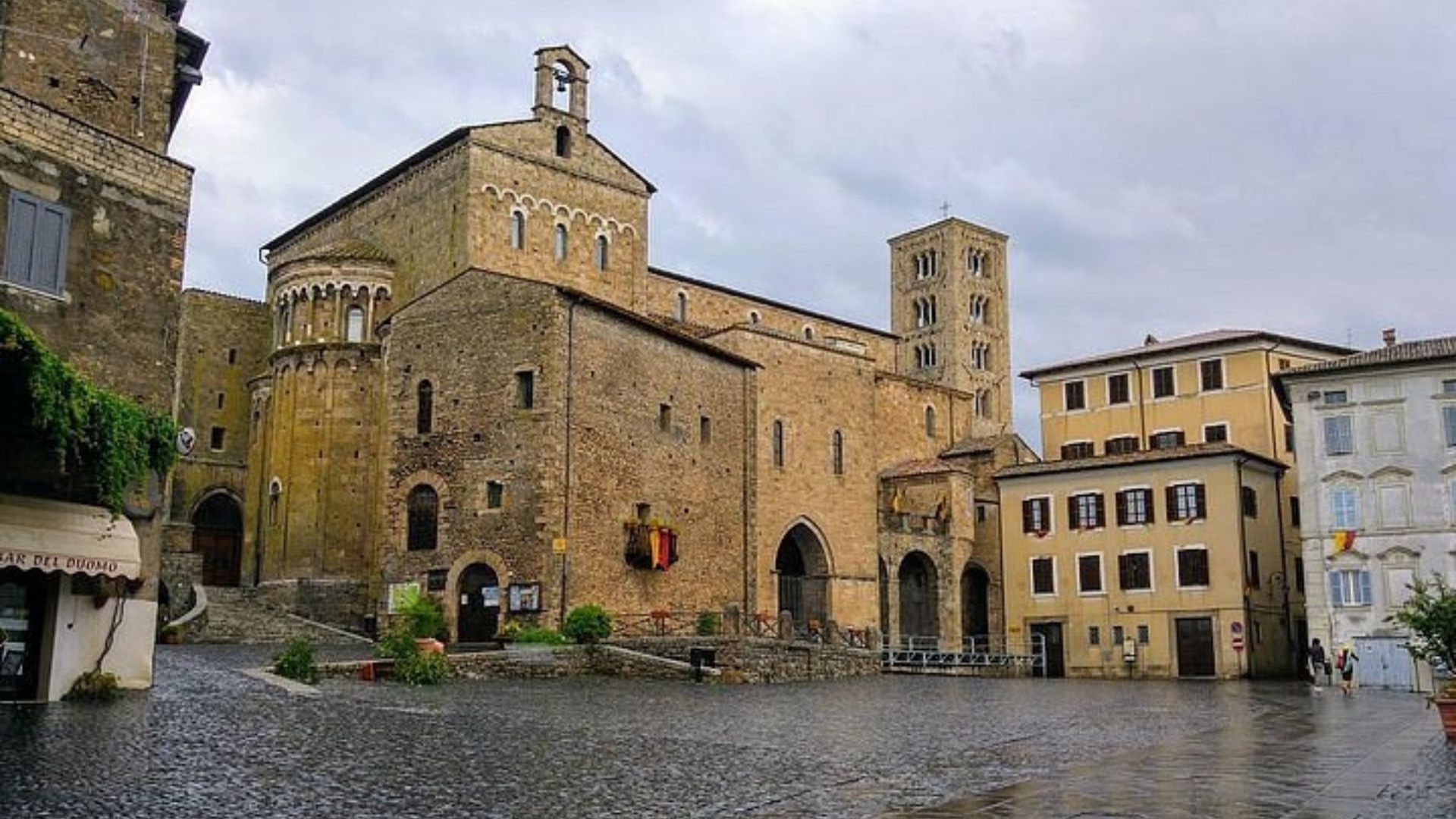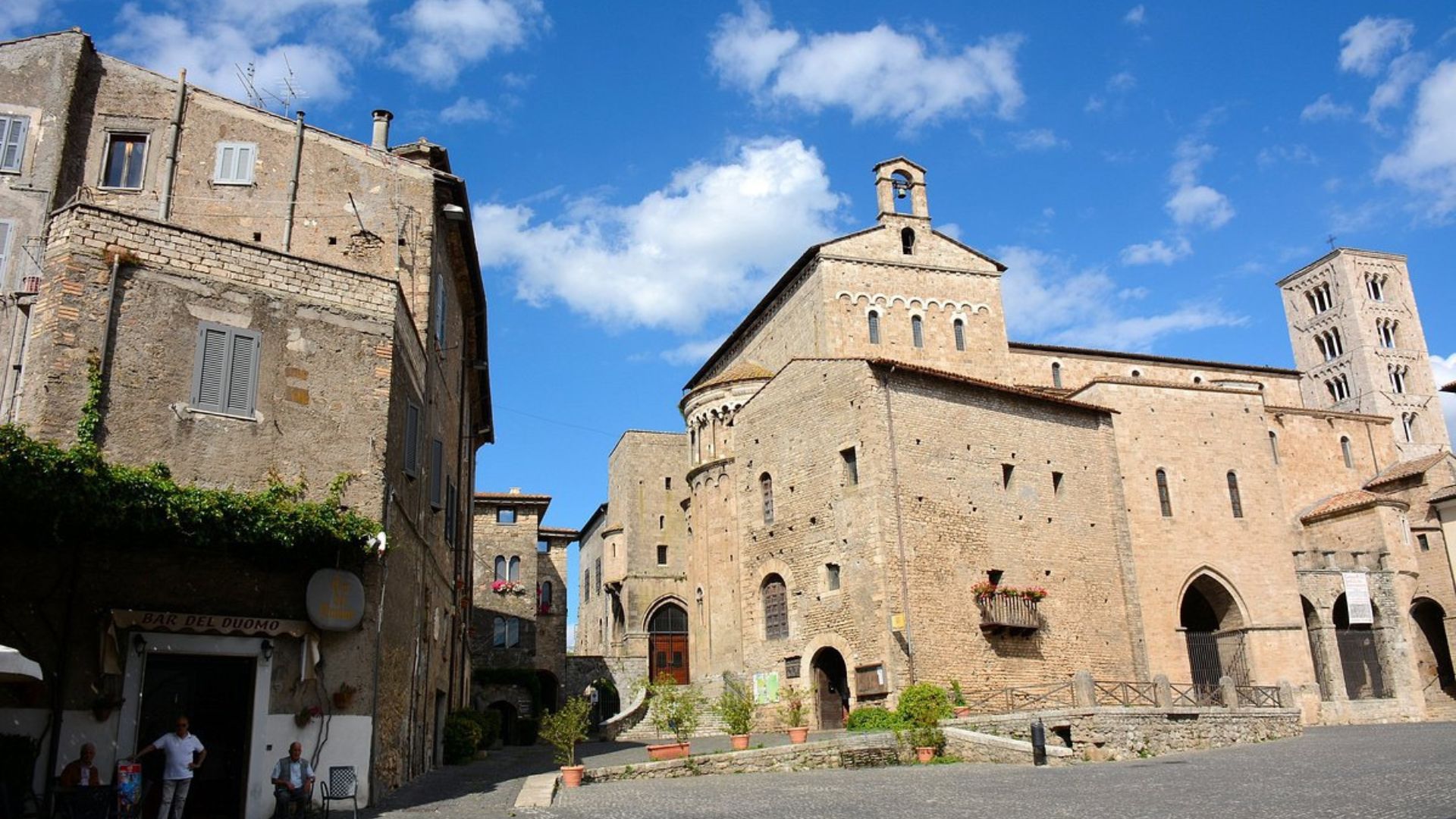Nestled in the hills of central Italy, Anagni carries the weight of medieval papal history unlike any other small town I’ve visited. Walking its narrow streets, I felt transported to a time when this picturesque settlement was known as the “City of Popes,” having produced four pontiffs and served as a papal residence during the 13th century.
The dramatic “Slap of Anagni” in 1303 marked a turning point in papal power and showcased the dangerous entanglement of religion and politics in medieval Europe.
The town’s magnificent Papal Palace still stands as a testament to this tumultuous past. During my exploration, local guides pointed out where Pope Boniface was held prisoner during that infamous September night. This incident wasn’t just a personal affront to one pope but represented the growing challenge to papal authority that would eventually lead to the Avignon Papacy and later the Western Schism that divided the Church for nearly forty years.
I recommend starting your visit at the cathedral before making your way to the palace. The breathtaking medieval frescoes inside tell stories of power, faith, and scandal that shaped Western Christianity.
As you wander through Anagni’s cobblestone streets, you’ll discover how this small town became the stage for some of the most dramatic power struggles of the Middle Ages, making it an essential destination for anyone interested in European history.
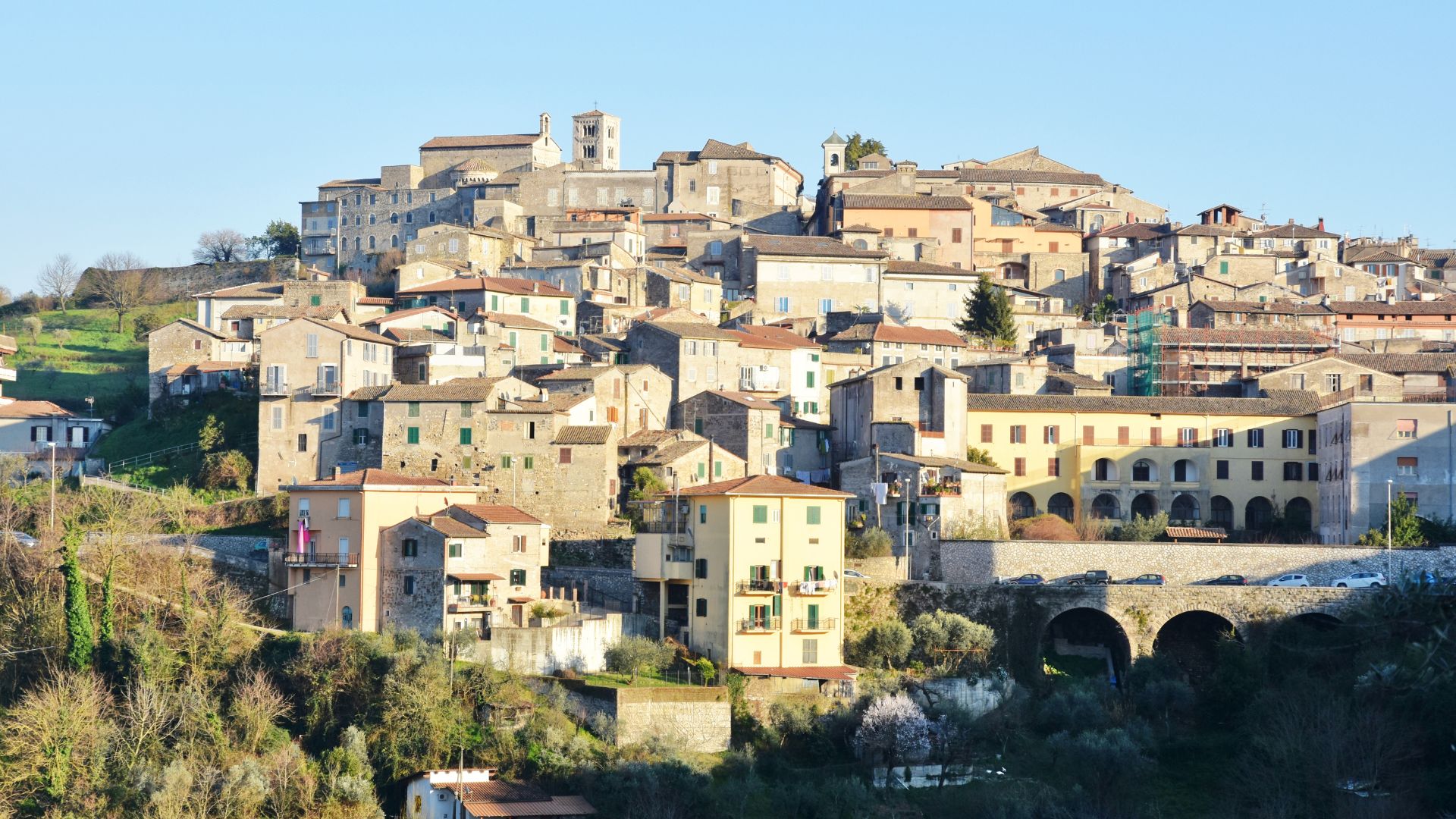
Anagni: The Heart of Papal History
Anagni, a medieval town east-southeast of Rome, holds a special place in Catholic history. Its stone streets and ancient buildings tell stories of papal power, political intrigue, and religious authority that shaped medieval Europe.
The Significant Popes of Anagni
I was amazed to discover that Anagni wasn’t just a papal residence—it was the birthplace of four influential popes. Innocent III, Gregory IX, Alexander IV, and Boniface VIII all hailed from this small Italian town.
Walking through Anagni’s narrow streets, I could feel the weight of history. Innocent III (1198-1216) dramatically expanded papal authority and launched the Fourth Crusade. Gregory IX (1227-1241) established the papal inquisition and battled with the Holy Roman Emperor.
The most infamous Anagni-born pope was Boniface VIII, whose conflict with the French monarchy led to the “Slap of Anagni” in 1303. This shocking incident occurred when French forces and anti-papal locals captured and imprisoned the pope in his palace. Some accounts mention Sciarra Colonna physically striking the pope—a profound humiliation for papal authority.
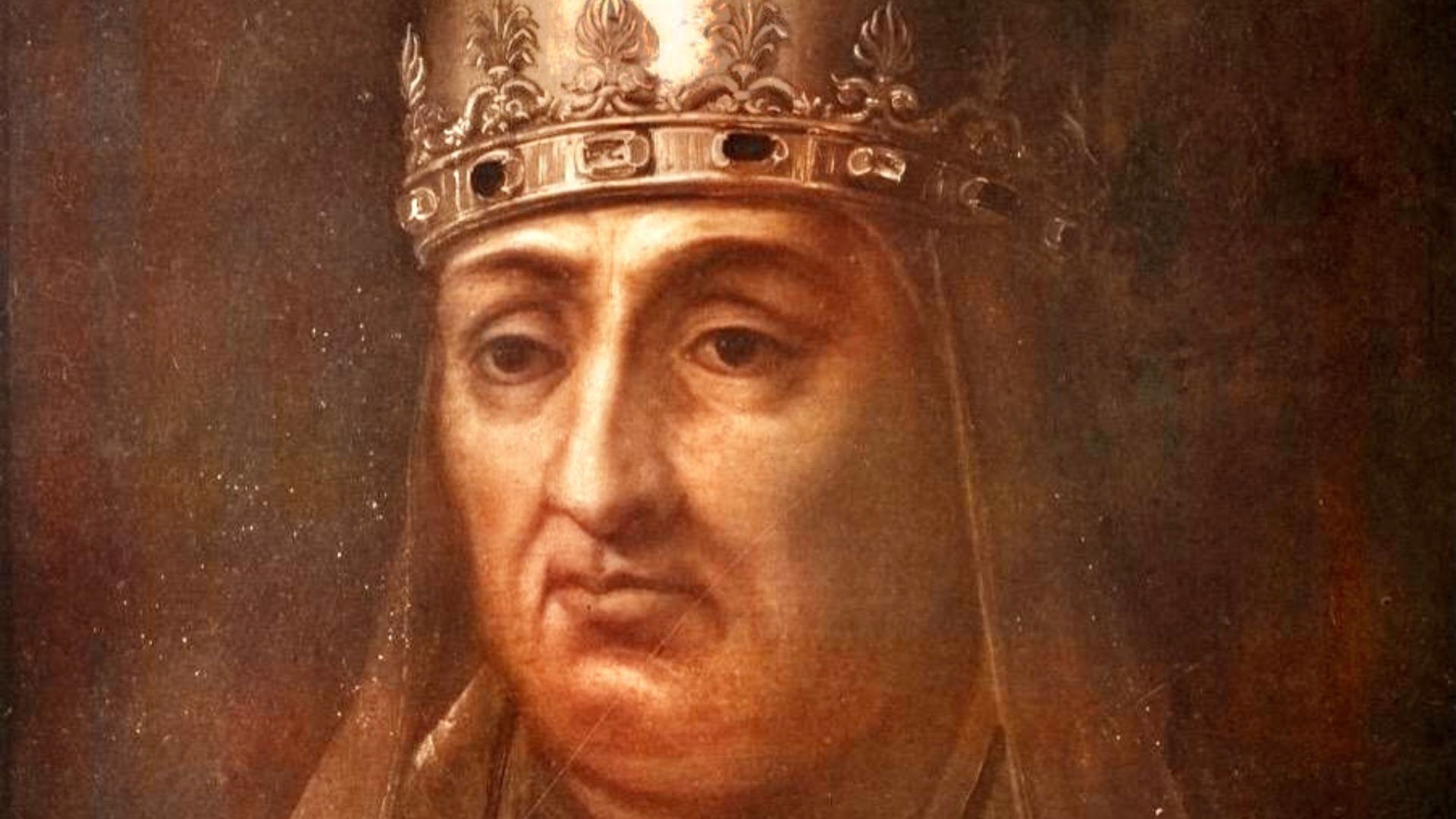
The Architectural Grandeur of Papal Residences
The Papal Palace in Anagni stands as a testament to medieval power and artistry. I spent hours exploring its grand halls, still beautifully preserved after centuries.
The palace features magnificent frescoes depicting religious scenes and papal achievements. Its stone architecture blends strength with elegance, typical of medieval Italian design.
The most impressive space is the Hall of Geese, named for the birds depicted in its artistic ceiling. This is where popes once received dignitaries and made decisions affecting the entire Roman Church.
Beyond the palace, Anagni’s cathedral contains the Crypt of St. Magnus with extraordinary 13th-century frescoes. These masterpieces show the close relationship between art and religious authority during the medieval period.
The papal residences weren’t just homes—they were strategic centers of power where the pope could maintain control of the Church while staying safely outside Rome during turbulent times.
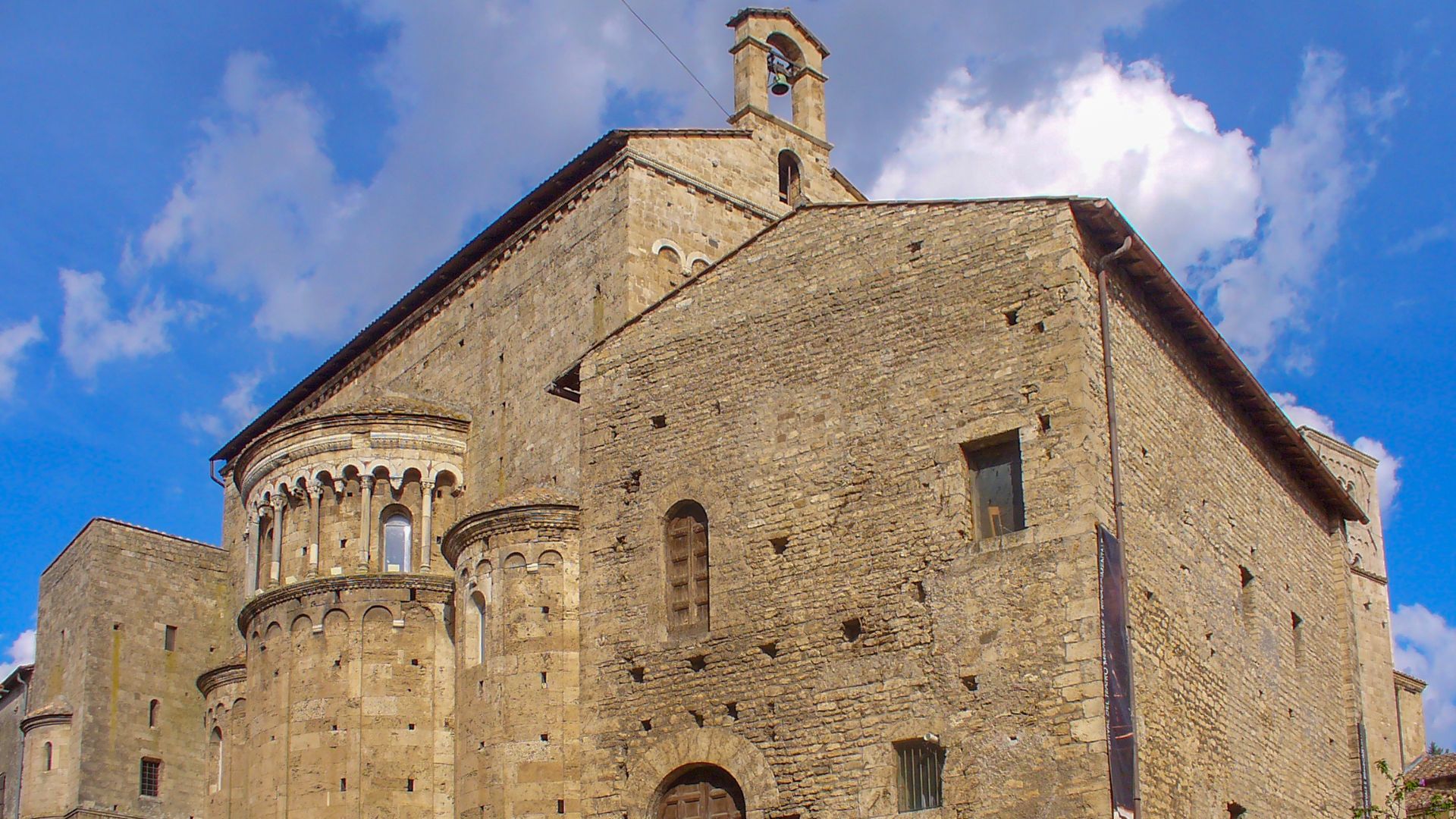
Religious Movements and Schisms
Anagni’s history is deeply intertwined with religious conflicts that shaped medieval Christianity. The city witnessed pivotal moments in the Crusades and played a significant role during the Western Schism that divided the Catholic Church.
The Crusades: Anagni’s Role
Walking through Anagni, I can still feel echoes of its crusading past. Pope Gregory IX, who spent considerable time in Anagni, was a fervent promoter of crusades during the 13th century.
From the city’s magnificent cathedral, he issued proclamations calling Christians to arms against heretics and infidels. Several Anagni-born cardinals also supported and financed crusading efforts across the Mediterranean.
Local noble families contributed both funds and fighters to these holy wars. I’ve seen commemorative plaques throughout the city marking households that sent sons to Jerusalem, Constantinople, and other battlegrounds.
The city’s museums display artifacts brought back from these campaigns – silks from Syria, reliquaries, and weapons that tell stories of Anagni’s distant connections to the Holy Land.

Great Schism: Division within the Church
The infamous “Outrage of Anagni” in 1303, when Pope Boniface VIII was attacked in his palace here, set in motion events that eventually led to the Western Schism. Following this humiliation, the papacy relocated to Avignon in 1309.
The schism formally began in 1378 when rival popes claimed authority – one in Rome and another in Avignon. This split the Catholic Church for nearly four decades.
Anagni’s citizens were deeply divided in their loyalties during this tumultuous period. I’ve discovered old documents in local archives showing families torn apart by their papal allegiances.
The Council of Pisa (1409) attempted to resolve the schism but ironically created a third papal claimant. Finally, the Council of Constance (1414-1418) ended the division by electing a single pope recognized by all.

Cultural and Political Interplay
Anagni stood at the crossroads of medieval power dynamics, where spiritual authority and royal ambitions collided with dramatic consequences. The city’s stones bear witness to centuries of negotiations, confrontations, and cultural exchange that shaped European history.
Conflict Between Popes and Kings
The tension between papal authority and royal power climaxed in Anagni with the infamous “Outrage of Anagni” in 1303. Pope Boniface VIII, who had boldly claimed supreme authority over secular rulers, found himself directly challenged by King Philip IV of France.
The conflict escalated when Boniface prepared to excommunicate Philip. In response, the French king sent his advisor Guillaume de Nogaret to Anagni with armed forces. They captured and reportedly mistreated the elderly pope in his hometown palace.
This dramatic confrontation symbolized the declining papal power in medieval Europe. Boniface died shortly after being freed, and the papacy soon relocated to Avignon under French influence. The incident marked a turning point in Church-State relations across Europe.
Anagni’s Influence on the Renaissance
Anagni’s intellectual atmosphere contributed significantly to early Renaissance thought despite the political turmoil. The city’s cathedral school attracted scholars who preserved classical knowledge during tumultuous times.
Local artisans and painters developed distinctive styles that blended Byzantine influences with emerging Renaissance techniques. These artistic innovations spread throughout central Italy through traveling craftsmen.
The city’s extensive libraries housed rare manuscripts that later informed humanist scholarship. Many Renaissance thinkers traced intellectual lineages back to Anagni’s medieval scholars who maintained classical learning.
Anagni’s political importance also meant wealthy patrons commissioned works that helped transition from medieval to Renaissance aesthetics. The city became a cultural bridge between eras.

The Local Governance and Church Hierarchy
Anagni operated under a unique dual governance system that balanced secular administration with ecclesiastical authority. Local noble families maintained civic control while acknowledging the pope’s ultimate sovereignty.
The city council managed daily affairs but consulted with Church representatives on major decisions. This arrangement created tensions and fostered a sophisticated political culture where negotiation skills were highly valued.
The church hierarchy in Anagni was particularly complex. The cathedral chapter held significant autonomy while remaining connected to Rome’s authority structure. Local clergy often served as intermediaries between townspeople and distant papal courts.
This political balancing act influenced the development of the Gallican Church concept, which advocated for national church authority alongside papal leadership. Anagni’s governance model demonstrated how secular and religious powers could coexist, though not always peacefully.
Scandals and Controversies of the Papal Seat
The medieval papacy in Anagni was marked by incidents that shook the foundations of church authority and revealed the human flaws behind divine office.
Private Lives and Public Outrage
The “Slap of Anagni” stands as one of the most shocking events in papal history. On September 7-8, 1303, Pope Boniface VIII was captured in his palace at Anagni and physically assaulted by Sciarra Colonna, an agent of King Philip IV of France. This humiliating attack represented a direct challenge to papal authority.
Pope John XII’s reign (955-964) brought scandal through his alleged sexual exploits and turning the Lateran Palace into what critics called a brothel. His behavior shocked even medieval sensibilities.
Alexander VI (Rodrigo Borgia) became perhaps history’s most notorious pope. His acknowledged children, political schemes, and opulent lifestyle created widespread outrage. I’ve seen historic documents in Anagni’s museums that hint at the depth of public disgust during this period.
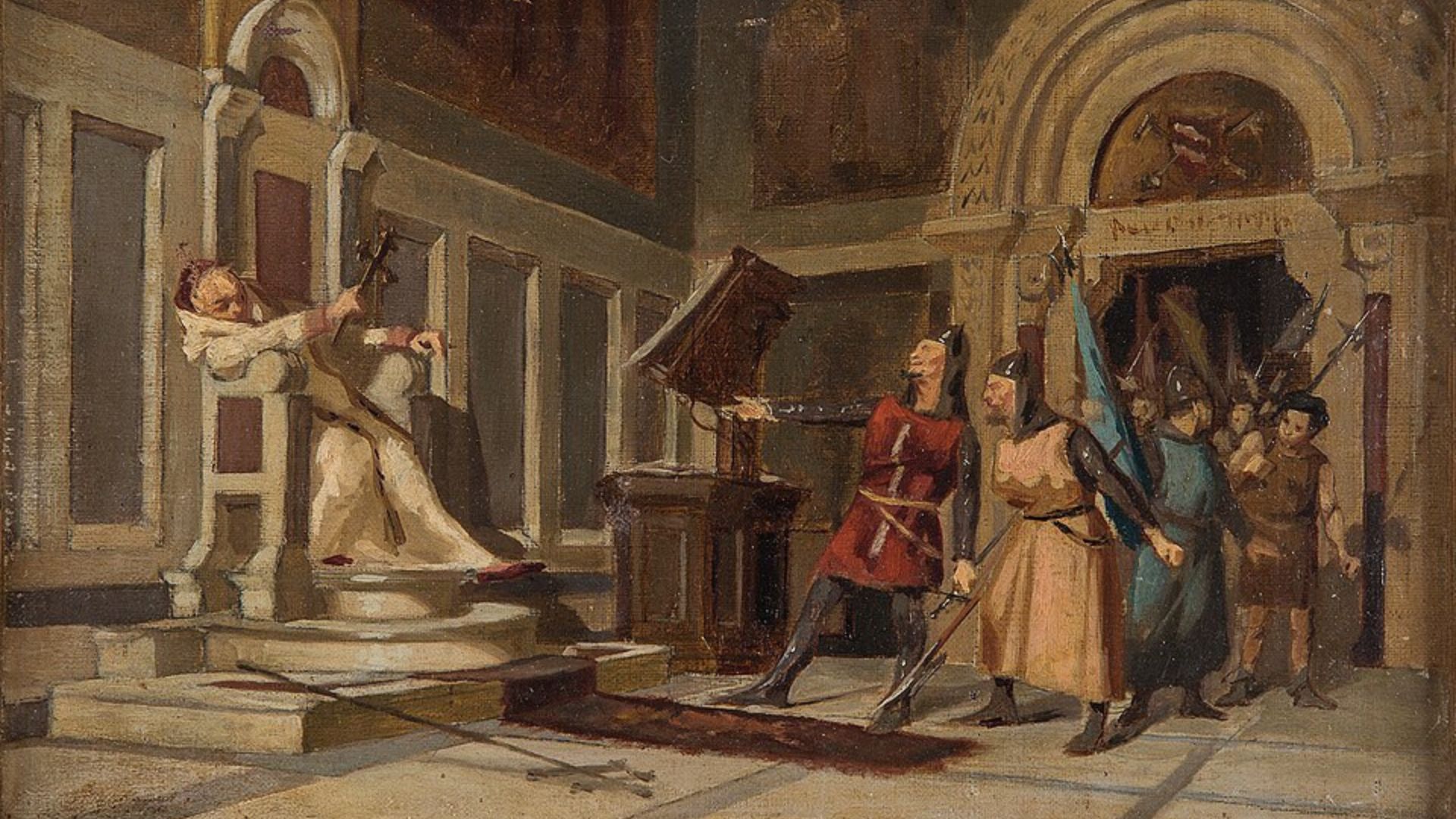
Economic Grip and Nepotism
The papal court’s wealth often came under criticism, especially when popes favored family members with titles and lands. Pope Innocent VIII openly acknowledged his illegitimate children and arranged advantageous marriages for them using church resources.
Pius II appointed his nephews as cardinals despite lacking qualifications, a practice so common it gave us the word “nepotism” (from “nipote,” Italian for nephew).
The papal families amassed enormous wealth through church positions. Walking through Anagni today, I’m struck by the magnificent palaces built with these fortunes. Local guides point out how Pope Boniface VIII’s nephew Peter II Caetani purchased his uncle’s palace, turning papal influence into family wealth.
Legacy and Modern Impact
Today, Anagni’s medieval drama continues to resonate through history and culture. The town’s papal connections have shaped both its physical landscape and its place in religious history.
From Medieval to Modern: The Evolution of Anagni
Walking through Anagni today, I’m struck by how this small Italian town preserves its medieval character while embracing modern life. The narrow cobblestone streets still wind around ancient buildings, creating a living museum.
The “Slap of Anagni” incident involving Pope Boniface VIII has become a symbolic moment in European history. It marks the decline of papal power relative to emerging nation-states, particularly France. History professors often cite this event in discussions about changing power dynamics in late medieval Europe.
Tourism has transformed the town’s economy. Visitors like me come to see the Papal Palace and cathedral frescoes, bringing new life to this historic center. Local businesses now cater to travelers seeking authentic medieval experiences.
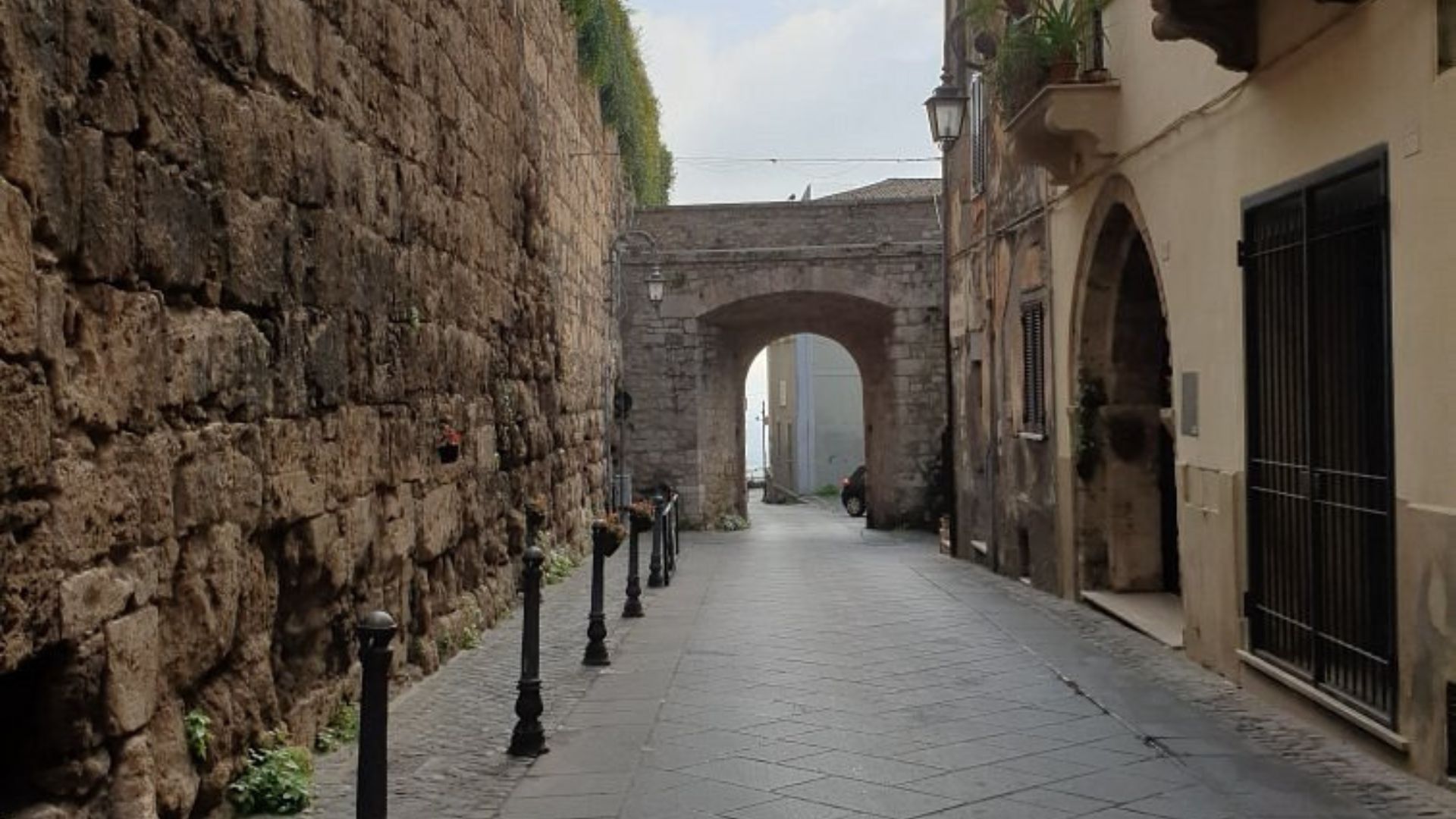
Religious Significance Today
The cathedral remains Anagni’s spiritual heart.
When I visited, I observed pilgrims still coming to pray at this sacred site, connecting with centuries of religious tradition.
Anagni holds special importance in studies of papal history.
Scholars research its archives for insights into medieval church governance and the politics that shaped Christianity. The town represents a critical chapter in understanding the papacy before the Counter-Reformation and Tridentine Council reformed church practices.
Religious festivals in Anagni continue traditions from the Middle Ages.
I participated in a local celebration that has been held annually since the 13th century, where residents process through town carrying relics important to their faith.
Catholic educators often bring students here to witness firsthand the physical settings where major historical decisions about church doctrine were made.
